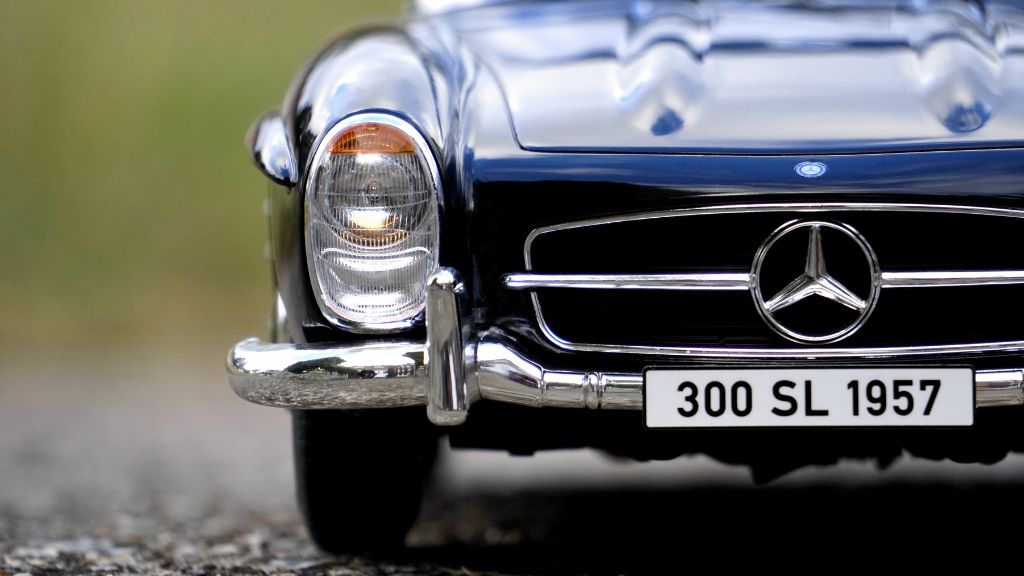Classic Mercedes-Benz models are known for their timeless design, engineering excellence, and reputation for luxury and durability. However, like any other vehicles, they are not without their weaknesses. In this article, we delve into some common weaknesses found in classic Mercedes-Benz models, shedding light on areas that owners and enthusiasts should be aware of when considering these iconic cars.
Rust
One of the most prevalent weaknesses in classic Mercedes-Benz models is susceptibility to rust. While Mercedes-Benz cars were generally well-built, certain areas, such as wheel arches, rocker panels, and floor pans, were prone to rust, especially in regions with harsh climates or where road salt is used. Regular inspections and diligent rust prevention measures are essential to keep these classic vehicles in optimal condition.
Electrical Issues
Classic Mercedes-Benz models, particularly those produced in the 1980s and earlier, can be prone to electrical issues. Wiring harness degradation, faulty switches, and malfunctioning electronic components can arise due to age, wear, and inadequate protection against moisture and heat. It is crucial for owners to maintain a meticulous approach to electrical maintenance, including periodic inspections and addressing issues promptly.
Aging Suspension Components
As classic Mercedes-Benz models age, their suspension components may require attention. Worn-out bushings, ball joints, and shock absorbers can result in diminished ride quality, compromised handling, and increased tire wear. Regular inspections and proactive replacement of worn suspension components can help restore the car’s driving dynamics and ensure a comfortable ride.
Vacuum System Problems
Many classic Mercedes-Benz models employed vacuum-powered systems for various functions, including door locks, climate control, and braking assistance. Over time, vacuum leaks can occur, resulting in reduced performance or failures in these systems. Diligent inspection of vacuum lines and components, along with timely repairs, can help maintain optimal functionality.
Complex Fuel Injection Systems
Classic Mercedes-Benz models equipped with complex fuel injection systems, such as the Bosch D-Jetronic or K-Jetronic systems, can be prone to issues if not properly maintained. Fuel pump failures, injector problems, and fuel distributor malfunctions can occur, affecting engine performance and drivability. It is essential to seek the expertise of knowledgeable technicians to diagnose and address fuel injection system issues.
Cost of Genuine Parts
Obtaining genuine parts for classic Mercedes-Benz models can be a challenge and, at times, expensive. Some components may be discontinued, requiring owners to source used or aftermarket alternatives. Genuine parts that are still available can come with a higher price tag compared to parts for more common vehicles. Budgeting for maintenance and repairs while considering the availability and cost of genuine parts is crucial for classic Mercedes-Benz owners.
Conclusion
While classic Mercedes-Benz models have numerous strengths, it is important to be aware of their weaknesses as well. Rust, electrical issues, aging suspension components, vacuum system problems, complex fuel injection systems, and the cost of genuine parts are common weaknesses found in these iconic vehicles. Diligent maintenance, proactive inspections, and addressing issues promptly can help mitigate these weaknesses and ensure the longevity and enjoyment of classic Mercedes-Benz models. By understanding and addressing these weaknesses, owners can continue to appreciate the timeless beauty and engineering excellence that Mercedes-Benz is renowned for.



